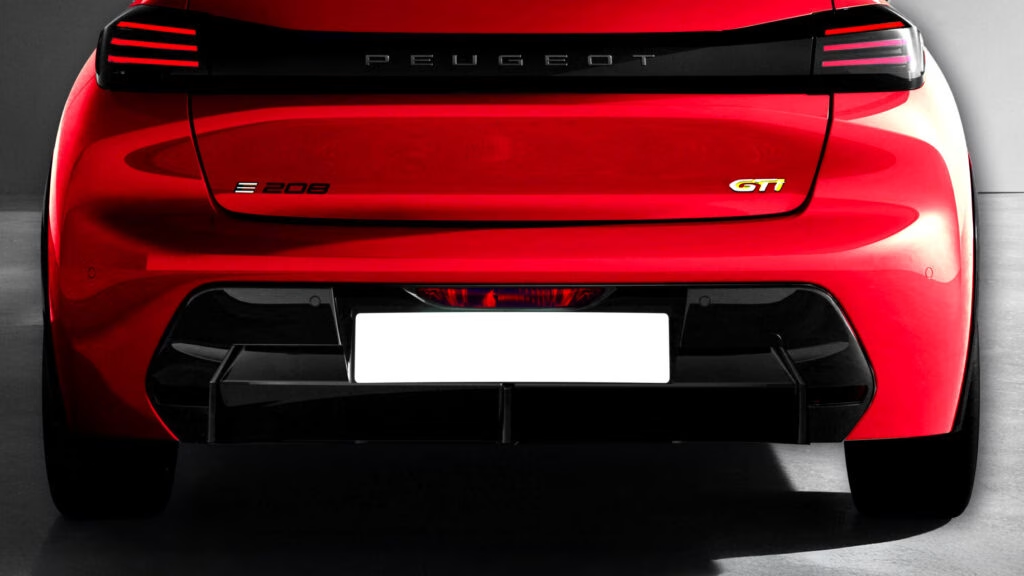Peugeot is making waves in the automotive world by reviving its iconic GTi badge, and this time, it’s going electric. The upcoming E-208 GTi is set to be a game-changer, blending the thrill of performance with the sustainability of electric driving. Let’s dive into what we can expect from this exciting new model and why it’s generating so much buzz.
What’s Special About the E-208 GTi?
The E-208 GTi marks a significant milestone for Peugeot, being the brand’s first performance-focused electric vehicle. Set to debut at the prestigious 24 Hours of Le Mans on June 13, this hot hatch aims to rekindle the excitement that the GTi badge has historically brought to driving enthusiasts. Peugeot’s boss, Alain Favey, emphasizes that this revival is about reconnecting with the brand’s rich heritage while also paving the way for future performance models in the electric era.
The E-208 GTi is not just about nostalgia; it’s designed for those who crave an engaging driving experience. With the electric vehicle (EV) market booming, Peugeot is keen to prove that electrification doesn’t mean sacrificing performance. Instead, the E-208 GTi promises to deliver a spirited ride, targeting buyers who want both excitement and eco-friendliness.
What Can We Expect Under the Hood?
While specific details about the E-208 GTi’s powertrain are still under wraps, there’s speculation that it could borrow components from other Stellantis models, such as the Abarth 600e and the Opel Mokka GSE. These vehicles produce impressive power outputs ranging from 237 hp to 278 hp, thanks to their single electric motors and front-wheel drive systems. Given the E-208’s smaller and lighter frame, it’s reasonable to expect it could sprint from 0 to 60 mph in under six seconds, making it a nimble contender in the hot hatch segment.
Beyond raw power, the E-208 GTi is likely to feature enhanced styling and chassis upgrades, reinforcing its sporty character. Think aggressive lines, a more dynamic stance, and performance-oriented tuning that elevates the driving experience.
Is Peugeot Planning More GTi Models?
Favey has hinted that the E-208 GTi could be just the beginning. While the focus is currently on this electric model, there’s an openness to exploring combustion-engine GTi variants if there’s sufficient demand from customers. This flexibility shows Peugeot’s commitment to listening to its audience and adapting to market trends.
The return of the GTi badge also signifies a shift away from the Peugeot Sport Engineered (PSE) branding, which was short-lived and primarily associated with the 508 model. By reintroducing the GTi, Peugeot is not only honoring its past but also signaling a new direction that embraces both performance and sustainability.
Why Does This Matter?
The E-208 GTi represents more than just a new model; it’s a statement about the future of performance cars in an increasingly electrified world. As consumers become more environmentally conscious, automakers are tasked with finding innovative ways to deliver excitement without compromising on sustainability. Peugeot’s approach with the E-208 GTi could set a precedent for other manufacturers, showcasing that electric vehicles can be thrilling and fun to drive.
The big takeaway? The revival of the GTi badge isn’t just about nostalgia—it’s about smarter adjustments to meet the demands of modern drivers. If you’re a fan of hot hatches, keep an eye on the E-208 GTi. It might just redefine what we expect from performance vehicles in the electric age. So, whether you’re a die-hard Peugeot enthusiast or just curious about the future of driving, this upcoming model is definitely worth watching.

